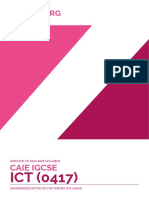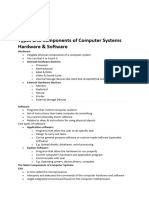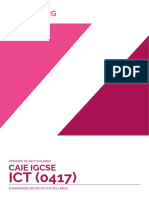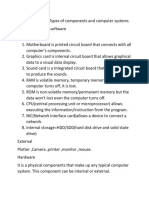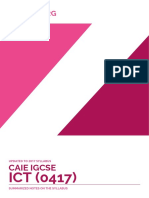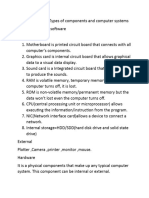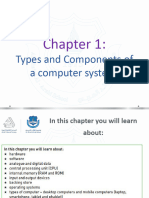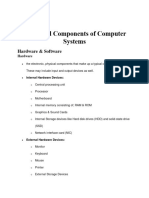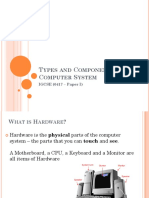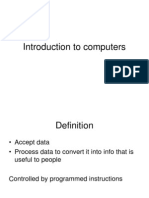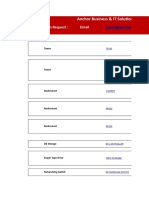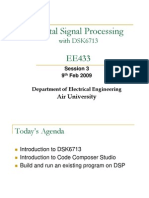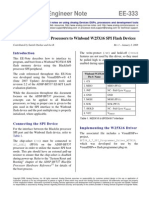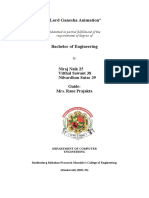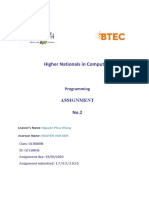0% found this document useful (0 votes)
160 views7 pagesICT Chapter 1 Notes
The document provides an overview of computer hardware, software, components, and types of computers. It discusses the main hardware components including the CPU, memory, input/output devices, and storage. It also describes the two main types of software - system software and application software. The document outlines the basic components of a computer system including the operating system and how it controls hardware and software. It discusses different types of computers like desktops, laptops, tablets, and smartphones. Emerging technologies like artificial intelligence, biometrics, and robotics are also summarized along with their potential impacts.
Uploaded by
SaanviCopyright
© © All Rights Reserved
We take content rights seriously. If you suspect this is your content, claim it here.
Available Formats
Download as PDF, TXT or read online on Scribd
0% found this document useful (0 votes)
160 views7 pagesICT Chapter 1 Notes
The document provides an overview of computer hardware, software, components, and types of computers. It discusses the main hardware components including the CPU, memory, input/output devices, and storage. It also describes the two main types of software - system software and application software. The document outlines the basic components of a computer system including the operating system and how it controls hardware and software. It discusses different types of computers like desktops, laptops, tablets, and smartphones. Emerging technologies like artificial intelligence, biometrics, and robotics are also summarized along with their potential impacts.
Uploaded by
SaanviCopyright
© © All Rights Reserved
We take content rights seriously. If you suspect this is your content, claim it here.
Available Formats
Download as PDF, TXT or read online on Scribd
/ 7



